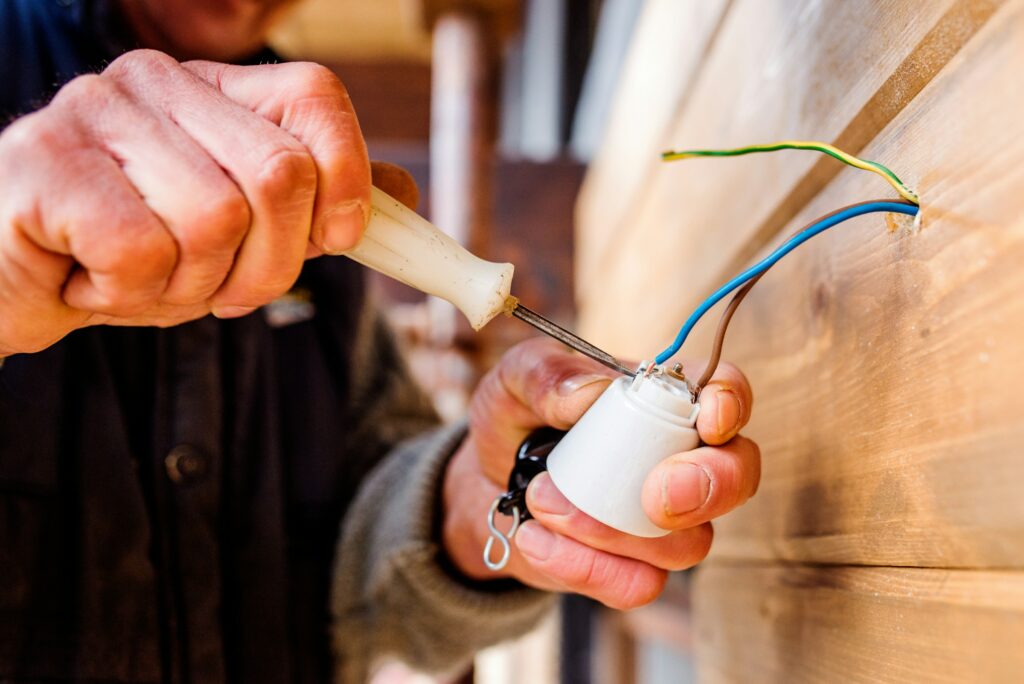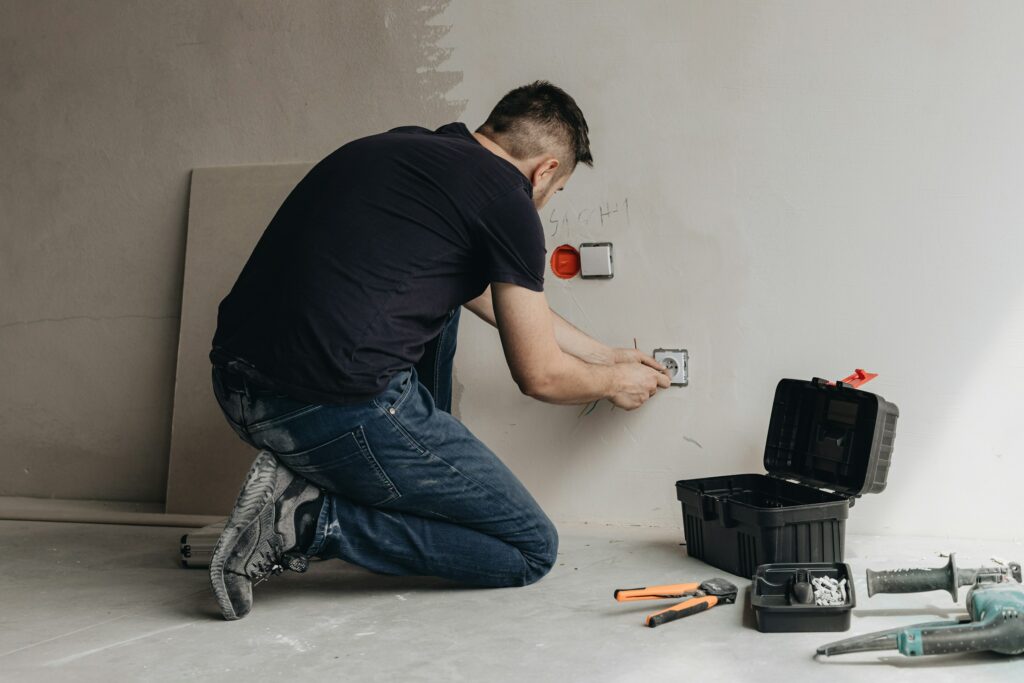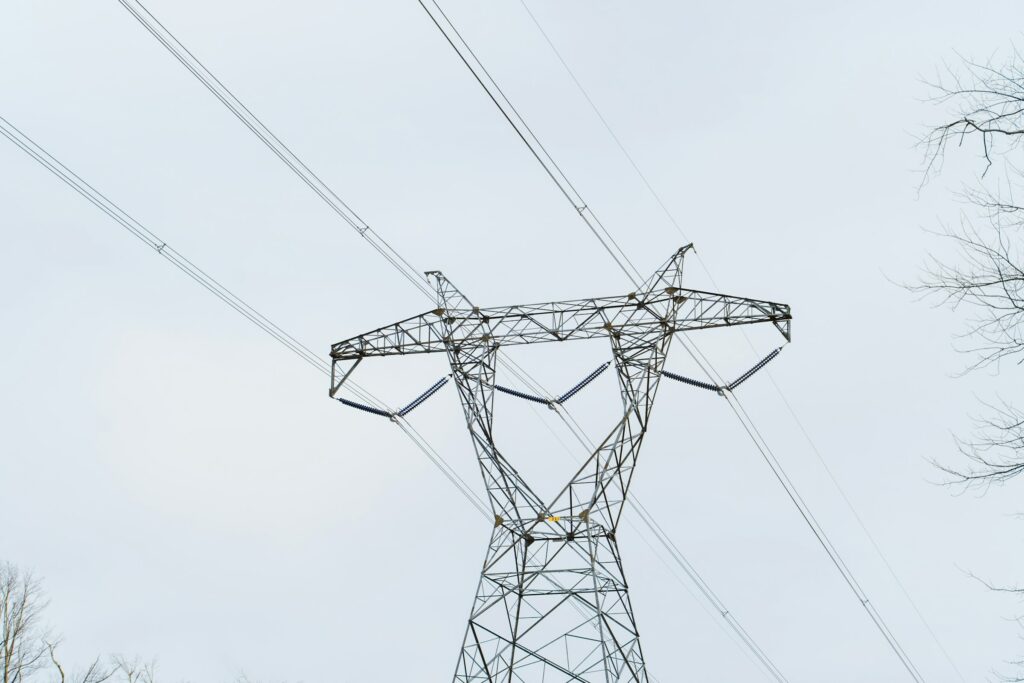Have you ever wondered about the small, rectangular outlets with tiny buttons in your bathroom or kitchen? These unassuming devices are crucial in ensuring your safety and protecting you from potential electrical hazards. In this article, we’ll explore what is a GFCI and uncover their significance in our daily lives.

What is a GFCI?
GFCI, which stands for Ground Fault Circuit Interrupter, is a specialized electrical outlet designed to prevent electrical shocks and reduce the risk of electrocution. It constantly monitors the flow of electricity through a circuit and can detect even the slightest imbalance. In a ground fault, where electricity is diverted from its intended path, the GFCI swiftly cuts off the power supply, thereby protecting you from harm.
How Does a GFCI Work?
A GFCI (Ground Fault Circuit Interrupter) is a sophisticated electrical safety device that constantly monitors the balance of electricity flowing through a circuit. It operates by comparing the amount of current entering the circuit to the amount leaving it. In a properly functioning electrical system, these two values should be equal.
However, when a ground fault occurs, such as when electricity escapes the confines of the circuit and finds an alternative path to the ground (often through a person’s body), the GFCI detects this discrepancy. Even a minuscule imbalance of as little as 4 or 5 milliamps can trigger the GFCI into action.
Upon detecting a ground fault, the GFCI responds swiftly, typically within a mere 1/40th of a second (25 milliseconds). It immediately trips the circuit, effectively cutting off the flow of electricity. This rapid response is crucial in preventing potentially lethal electrical shocks, as it stops the flow of electricity before it can cause serious harm to a person.
By continuously monitoring the electrical current and quickly interrupting the circuit when necessary, GFCIs act as tireless sentinels, safeguarding people from the dangers of ground faults and electrical shocks.
Why Are GFCIs Important?
GFCIs are essential safety devices that have been mandatory in certain home areas since the 1970s. They are particularly crucial in locations where water and electricity are nearby, such as bathrooms, kitchens, laundry rooms, and outdoor outlets. Water is an excellent conductor of electricity, and without the protection of a GFCI, a simple act like plugging in a hair dryer or using a power tool near a sink could lead to a severe or even fatal electrical shock.
The Life-Saving Role of GFCIs:
GFCIs have revolutionized electrical safety, proving to be highly effective in preventing accidents and saving countless lives. The Electrical Safety Foundation International (ESFI) reports that since the introduction of GFCIs, home electrocutions have decreased by over 50%.
This remarkable reduction can be attributed to the GFCI’s ability to quickly detect and respond to ground faults, often within milliseconds. By acting as vigilant guardians, GFCIs protect individuals and families from the lethal dangers of electrical shocks. Their swift response time and reliable performance have solidified their position as essential life-saving devices in modern electrical systems.
Installing and Testing GFCIs
For those living in older homes, it’s crucial to ensure that electrical outlets, particularly in areas near water, are equipped with GFCIs. While upgrading to GFCI outlets is a straightforward process, hiring a licensed electrician is advisable to guarantee proper installation and safety. Once installed, regular testing of GFCIs is essential to verify their functionality. Most GFCIs feature a built-in test button for this purpose. Simply pressing the test button should trip the GFCI, interrupting the power supply. If the GFCI fails to trip during testing, it indicates that it needs to be replaced promptly.
Conclusion:
GFCIs may seem like small and inconspicuous devices, but they play a vital role in protecting us from the dangers of electrical shocks. You can ensure your home is equipped with these life-saving devices by understanding what a GFCI is, how it works, and why it’s essential. Remember to test your GFCIs and replace them regularly when necessary. With the help of GFCIs, you can have peace of mind knowing that you and your family are protected from potential electrical hazards.
Frequently Asked Questions:
How often should I test my GFCIs?
It is recommended to test your GFCIs monthly to ensure they are functioning correctly. Press the test button and verify that the power is cut off. Then, press the reset button to restore power.
Are GFCIs required by law?
Yes, the National Electrical Code (NEC) requires GFCIs in specific locations, such as bathrooms, kitchens, laundry rooms, and outdoor outlets, to ensure safety.
Can GFCIs wear out over time?
Like any electrical device, GFCIs can deteriorate over time. If a GFCI fails to trip during a test or trips frequently without cause, it should be replaced.









